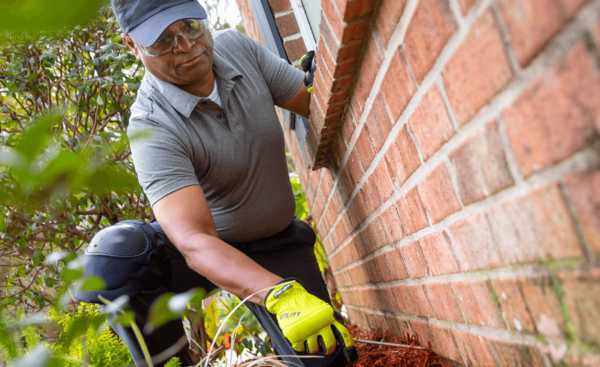Need pest control?
"*" indicates required fields
Your Local Pest Control Experts
Bug Out | Est. 1963
Serving St. Louis | Chesterfield | Ballwin | St. Charles | Rock Hill
Our team of exterminators has been proud to call St. Louis our home for three generations. With a focus on ongoing prevention, safe pest control methods, and excellent customer service, our guarantee is pest-free* living.
Need Pest Control Service?
Leave your information below and we’ll be in touch with a FREE quote!
"*" indicates required fields
*During normal business hours. After hours calls will be returned the next business day.
Local Exterminators You Can Trust
Pests can reside in and around your home during every season of the year, but you don’t have to live with them. Proudly serving as the pest control leader in St. Louis for 60 years, our goal is to provide you with 100% peace of mind by protecting your home or business from unwanted pests.
Founded in 1963, Bug Out has protected homes and businesses with innovative technology and customized pest management solutions — centered around ongoing prevention, removal, and exclusion.
When it comes to keeping your home or business safe from pests, our experts can help.
- St. Louis Pest Expertise
- Effective Pest Management Solutions
- Focus on Preventing Pests
Pest Control For Your Home:
Residential Pest Management
Pest Control For Your Business:
Commercial Pest Management
Bug Out provides comprehensive commercial pest control solutions for both single-site and multi-site businesses in St. Louis. From manufacturing facilities and restaurants to warehouses and office buildings, Bug Out has the experience and knowledge to protect your business and your customers from pests.
Our team will work with you to develop a custom pest control plan to keep pests out of your business, all year long.
Bug Out Reviews
– Jody H.
Your Local Pest Control Experts Serving Missouri
St. Louis | Chesterfield | Ballwin | St. Charles | Rock Hill
Home





